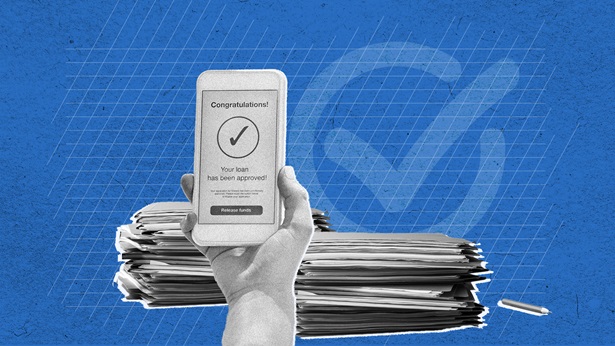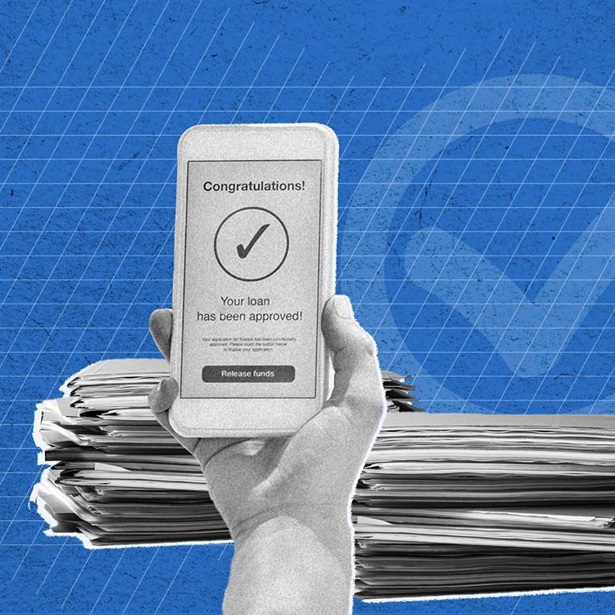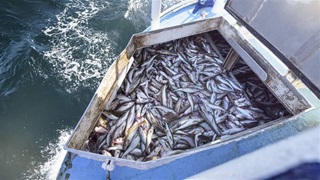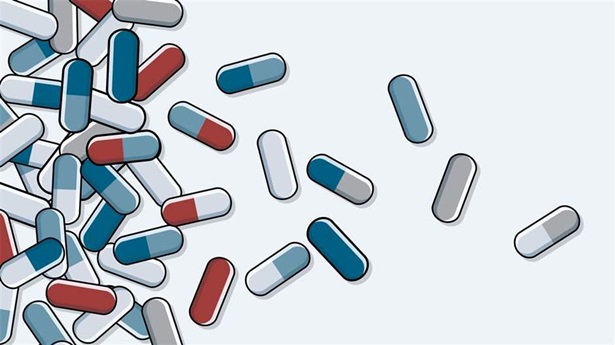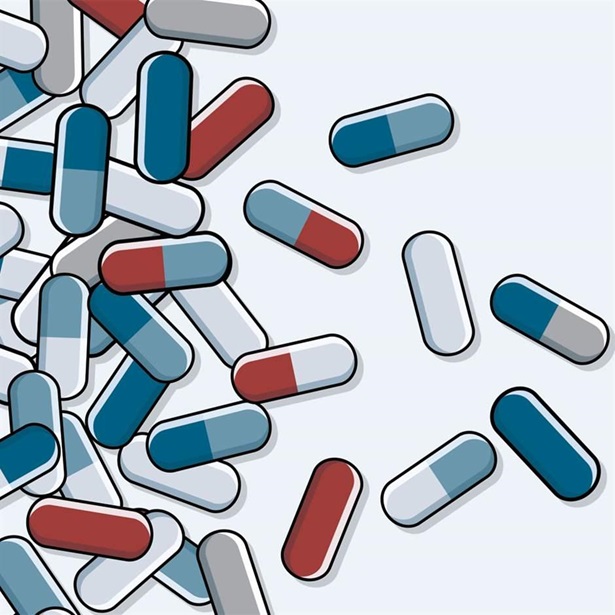Americans Support Affordable Small Loans in the Banking System
In survey, most say prevailing fees for nonsufficient funds or overdrafts are unfair

Large majorities of Americans see common penalties for overdrawing bank accounts as unfair, according to a nationally representative survey on recent developments in the banking system that affect consumers who are often struggling to make ends meet. The survey, done in March for The Pew Charitable Trusts, shows that most respondents view the overdraft reforms of the past two years favorably and consider newly available bank small-dollar loans to be fair. Eighty-eight percent of Americans say they support banks and credit unions offering small loans under $1,000 to their customers who are likely to repay, regardless of their credit scores.
A growing number of such financial entities are providing these loans, which are designed to serve those who have overdrafted repeatedly, struggled to pay bills on time, or used high-cost credit outside of the banking system such as payday or pawn loans. As of publication, six of the nation’s eight largest banks by branch count offer automated small installment loans or lines of credit, as do seven of the 40 largest credit unions. Earlier Pew analysis found that these loans cost consumers at least 15 times less than payday loans; a typical nonbank loan borrower would save hundreds of dollars each year by using these instead. For example, borrowing $400 over three months from a payday lender typically costs $360 in fees while banks are now charging $24 or less for the same amount of credit.
Ninety-four percent of survey respondents considered the fact that such loans cost hundreds of dollars less than what people pay to borrow from high-cost lenders such as pawn shops to be an important reason for banks to offer them; 62% percent viewed that reason as very important.
In terms of loan costs, the survey found that 82% thought it was fair for a bank to charge a $30 fee for a three-month, $500 loan. All six large banks that have launched small loans in recent years charge that amount or less. Meanwhile, 60% reported that a loan offered on these terms would improve their view of the bank (36% said their view would be unchanged, with 4% saying their view would be more negative). This result is in line with previous survey research from Pew, including a 2017 finding that 91% of payday loan borrowers viewed a $300, three-month loan from their bank for a fee of $35 as fair.
Pew recently published its own standards for these small loans related to access, price, speed, and affordability, finding that the loans from the six large banks, all of which are new since 2018, meet these criteria.
Americans view overdraft and nonsufficient funds fees as unfair and deserving of scrutiny
In the past two years, most of the 25 largest banks by branch count in the U.S. have made substantial changes to their overdraft practices. Consumers are spending far less on these fees, resulting in aggregate annual savings of about $5 billion. Reforms have included lowering or eliminating various fees, reducing the daily maximum number of fees, or adding a grace period or buffer amount before a fee is charged.
The Biden administration has referred to bank overdraft charges as “junk fees” and the Consumer Financial Protection Bureau (CFPB) has announced plans to continue scrutinizing overdraft policies. In April, the Federal Deposit Insurance Corp. and the Office of the Comptroller of the Currency each announced new guidance for certain overdraft practices. The overdraft reforms and new small loans at banks are likely to disproportionately benefit consumers who are Black, Hispanic, low or moderate-income, and those who have low or no credit scores because prior research has found these groups overdraft and use high-cost loans at higher rates.
Pew’s latest survey provides insights into how the public views bank overdraft and nonsufficient funds fees in particular. In line with previous research, 7 in 10 Americans (71%) believe that it is unfair for a bank to charge a $35 overdraft fee, but 75% thought that charging a $10 fee, as some banks now do, is fair. Nearly 9 in 10 (87%) said that nonsufficient funds (NSF) fees, charged when a customer tries to make a payment but there is not enough money in the account and the bank does not cover the payment, are not fair. Of the 25 banks that earned the most revenue from overdraft and NSF fees in 2021, 23 have opted to eliminate NSF fees entirely, a change that CFPB research projected to save consumers $1 billion annually.
In terms of how policymakers should respond, the survey found that 84% of Americans believe that regulators should encourage banks to reduce overdraft fees, while 54% said that regulators should encourage banks to eliminate overdraft and similar fees.
The survey also provides evidence that a bank’s approach to fees can have an impact on its reputation—71% reported that their view of a bank would be more positive if it reduced or ended overdraft or nonsufficient funds fees (25% said that their view would be unchanged).
SSRS, an independent research company, conducted the survey on recent changes to policies and practices in the banking system in March among a sample of 1,027 respondents. The margin of error with design effect for the total respondents is +/-3.50% at the 95% confidence level. For more information about the methodology of the SSRS Opinion Panel Omnibus, please visit https://ssrs.com/ssrs-omnibus-survey/. The survey’s results and methodology are available to download.
Alex Horowitz is a project director, Gabe Kravitz is a manager, and Linlin Liang is a principal associate with The Pew Charitable Trusts’ consumer finance project.
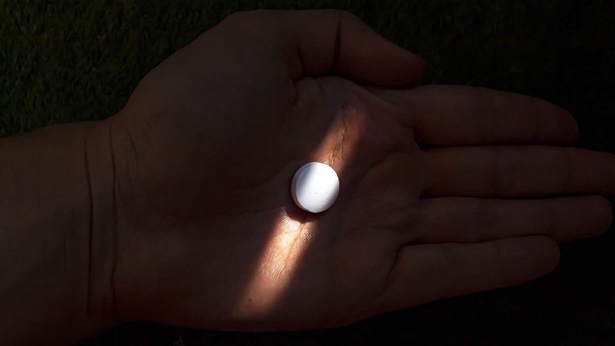

America’s Overdose Crisis
Sign up for our five-email course explaining the overdose crisis in America, the state of treatment access, and ways to improve care
Sign up

Affordable Credit Poised to Save Consumers Billions
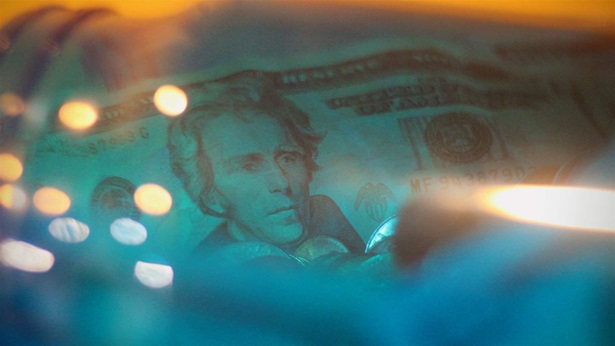
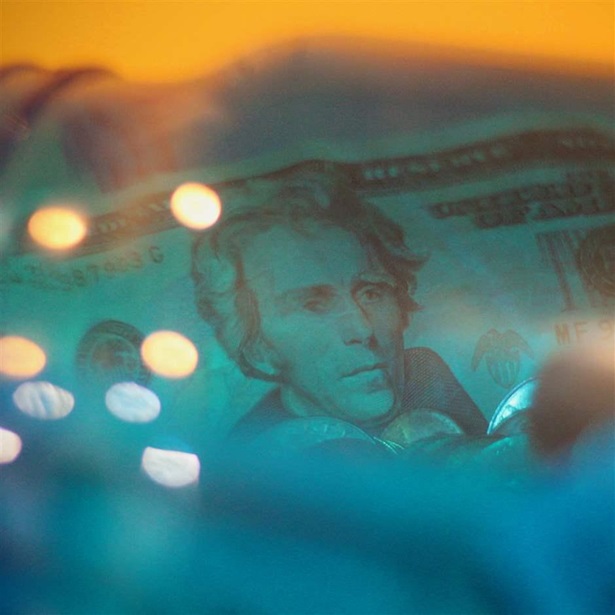
Banks Are Transforming the Small-Loan Market
